

Medical device manufacturer sees big role for younger generation
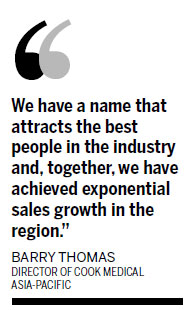
Barry Thomas is sitting in the lounge of the Sofitel Wanda hotel in Beijing sipping a mojito and looking relaxed.
He is, after all, on a working visit to his favorite Chinese city and his last appointment of the day promises to be a satisfying dinner.
The 59-year-old director of Cook Medical Asia-Pacific does have more pressing matters on his mind, though, as he talks about his passion for fly fishing, a hobby he manages to indulge in some of the best venues around the world, despite a hugely busy schedule that saw him traveling 200 days last year.
His current bugbear is recruitment. In particular, how to find and retain appropriate staff for his ever-growing Chinese venture among the notoriously fickle Generation Y population.
He has flown in from his regional headquarters in Brisbane, Australia, for a biannual North Asia strategy meeting with senior team members across the region.
Cook Medical globally makes 15,000 products for 135 countries, with 10 markets and 13 offices in the Asia-Pacific region. It is the world's largest privately owned manufacturer of medical devices and has been providing the medical industry with innovative tools and therapies since 1963.
Thomas' best ever catch while fishing was a tarpon (also known as tarpin) off Florida. It is a fish that owes much of its fame to its large size and its habit of making wild, spectacular leaps after it is hooked. No fish causes more frustration among anglers, yet it is highly prized.
In some ways they are like the ideal recruit in a pioneering industry.
"The daunting task of maintaining China's impressive growth rests on the shoulders of the new young workers who are entering the workplace now," he said. "This group of Generation Y, dubbed the 'Gen Y', does things differently and is drastically changing the traditional Chinese organizations' employment landscape. For global corporations, too, there remains the task of luring the majority of Chinese-speaking Gen Ys into their company or integrating the Western-educated Chinese back into their organizations in China."
The Chinese Gen Y are generally referred to as the "post-80s" and "post-90s" generations, as China began classifying generations by decades from the 1970s.
They have reaped the benefits of rapid globalization and technological advancements and are comprised of around 250 million people who appear to be more entrepreneurial than their parents' generation.
They were brought up after the launch of the reform and opening-up policy in the late 1970s, so are more familiar with life in a market economy.
"The baby boom that occurred in China after the Great Leap Forward, in the early 1960s, represents the largest portion of the Chinese workforce. Nearly half of all China's baby boomers will be retired by 2025, taking their knowledge and experience with them, while also leaving millions of senior jobs open, requiring corporate succession planning now," said Thomas.
"The Gen Y doesn't want to work for the baby boomers; they want to work with them. Companies need to adapt accordingly to ensure mutual growth for the business and employees."
Similar to their global counterparts, who together account for approximately 25 percent of the world's population, the Chinese Gen Y have enjoyed an unprecedented level of access to education and information.
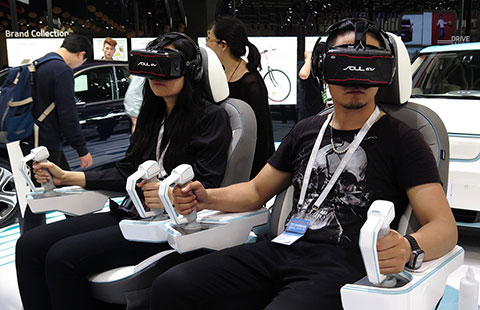 High–tech gadgets, not girls, main attraction at Beijing auto show
High–tech gadgets, not girls, main attraction at Beijing auto show
 Infographic: Highlights of China Q1 economic data
Infographic: Highlights of China Q1 economic data
 Top 10 luxury cars at Beijing auto show
Top 10 luxury cars at Beijing auto show
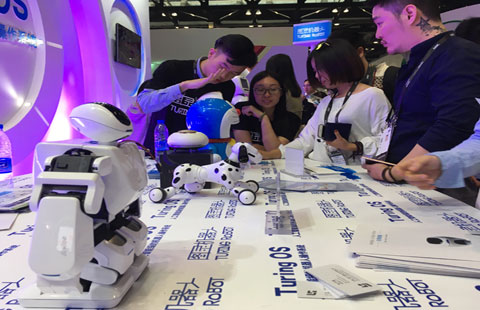 Highlights of smart hardware on display at 2016 GMIC Beijing
Highlights of smart hardware on display at 2016 GMIC Beijing
 Two students return from abroad to open beer factory
Two students return from abroad to open beer factory
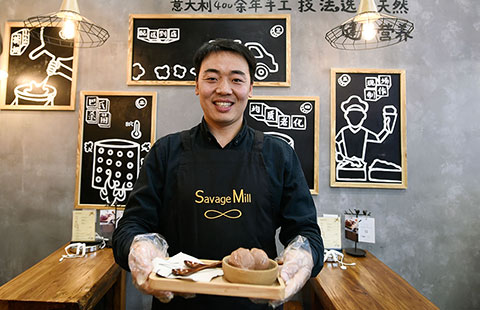 Man aims to provide freshest ice cream possible
Man aims to provide freshest ice cream possible
 Top 6 domestic new-energy vehicles at Beijing auto show
Top 6 domestic new-energy vehicles at Beijing auto show
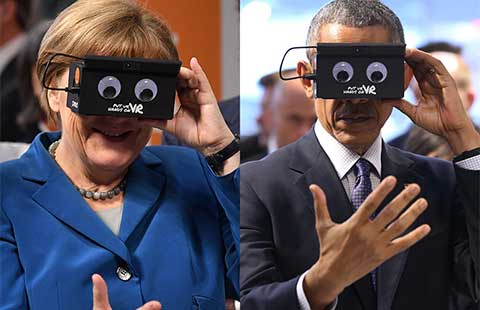 Hanover Fair opens with Sino-German alliance launch
Hanover Fair opens with Sino-German alliance launch